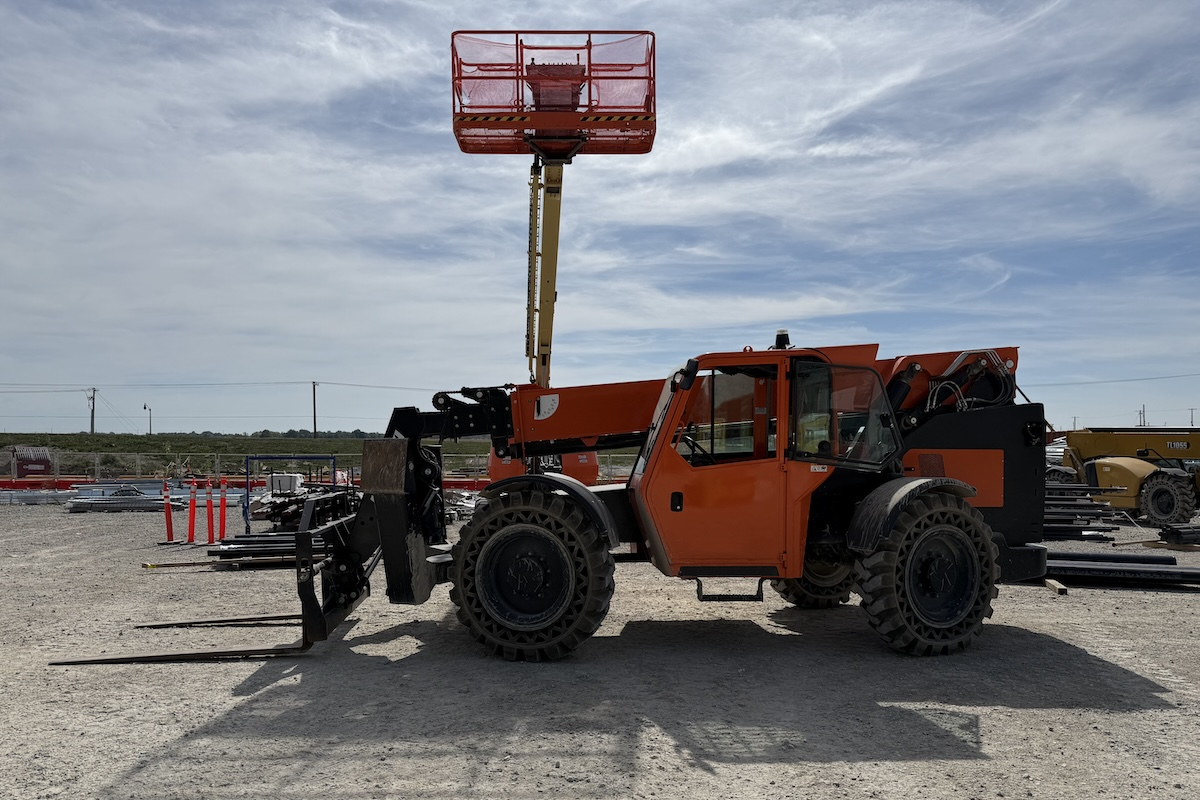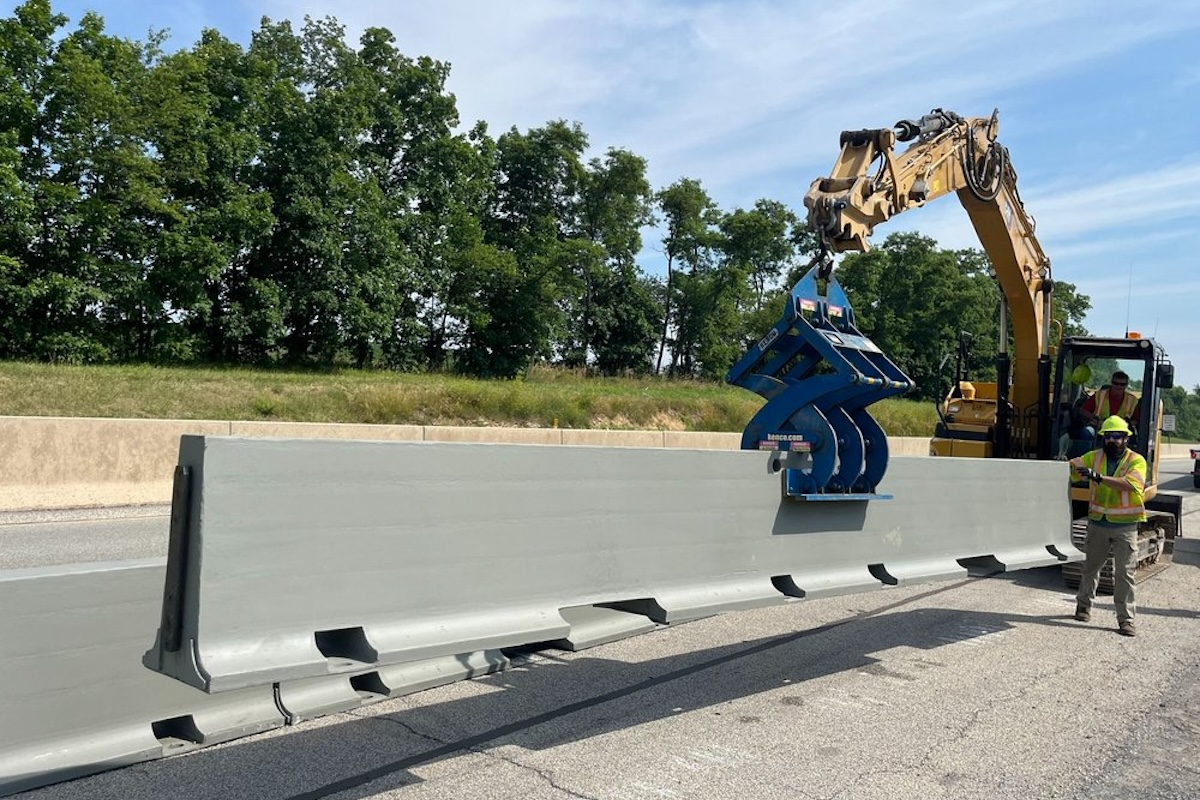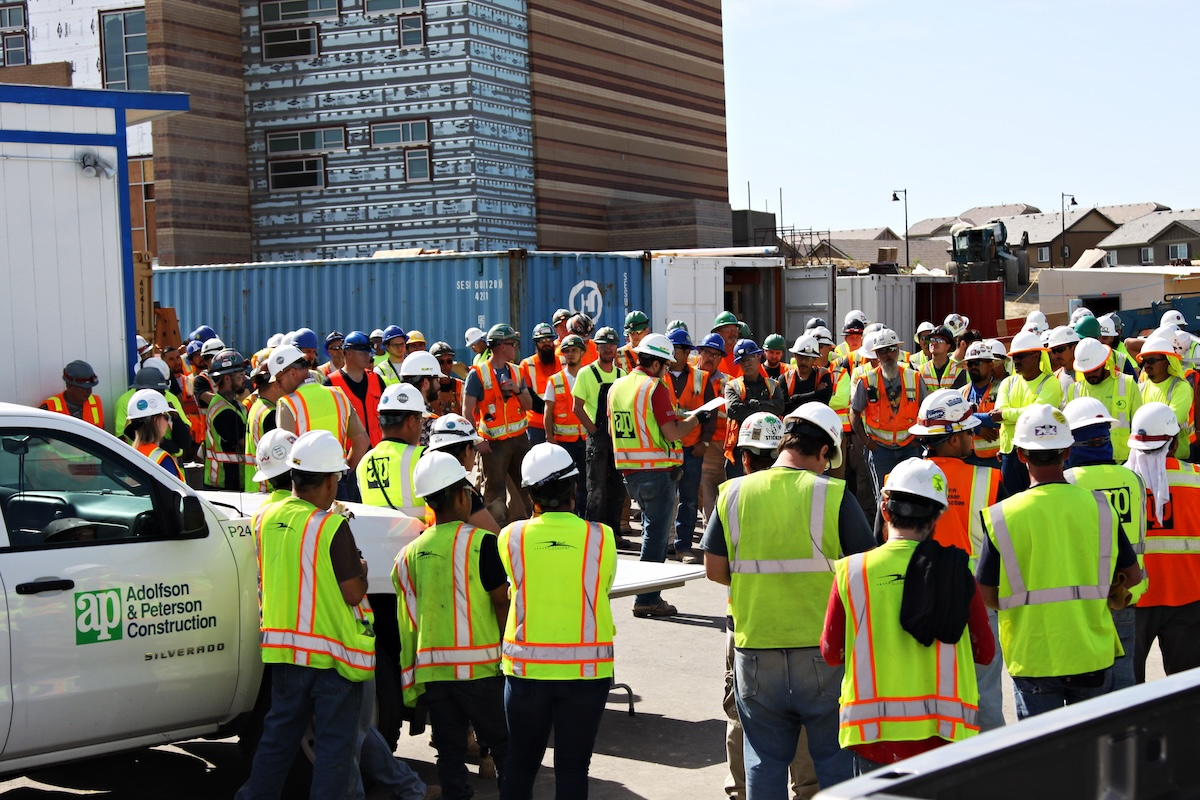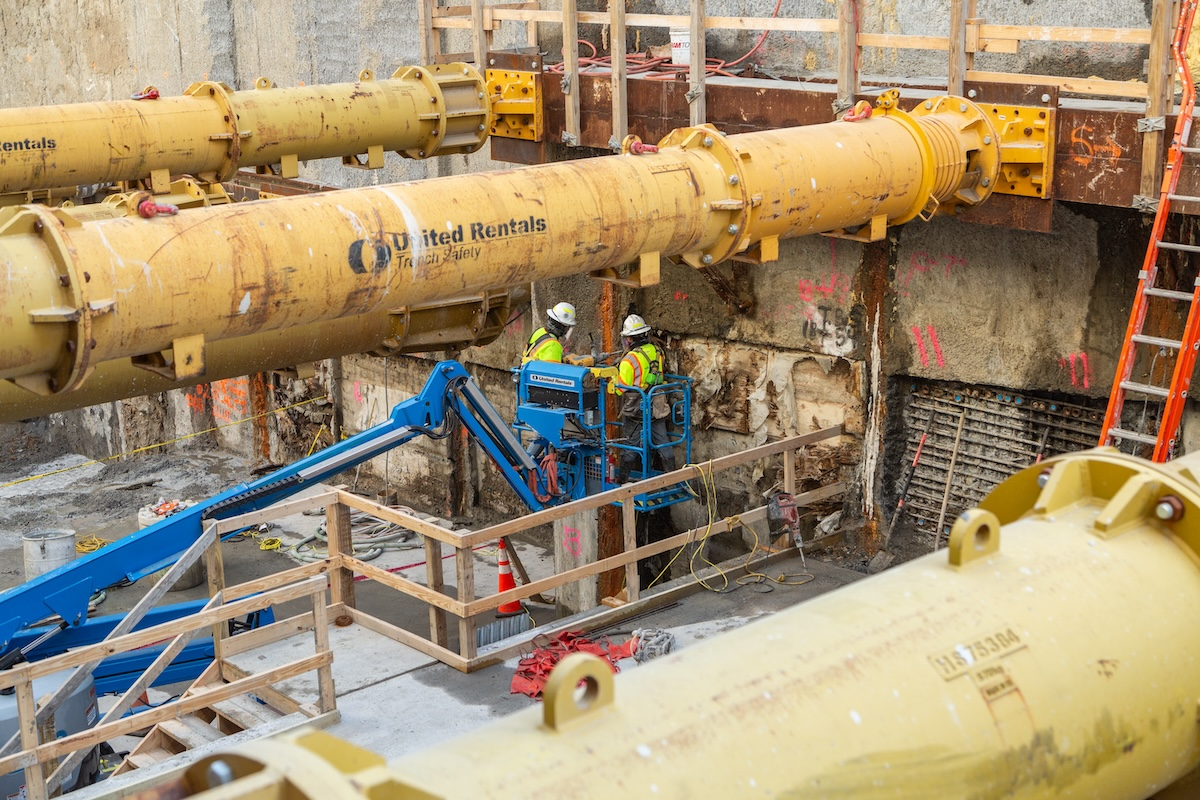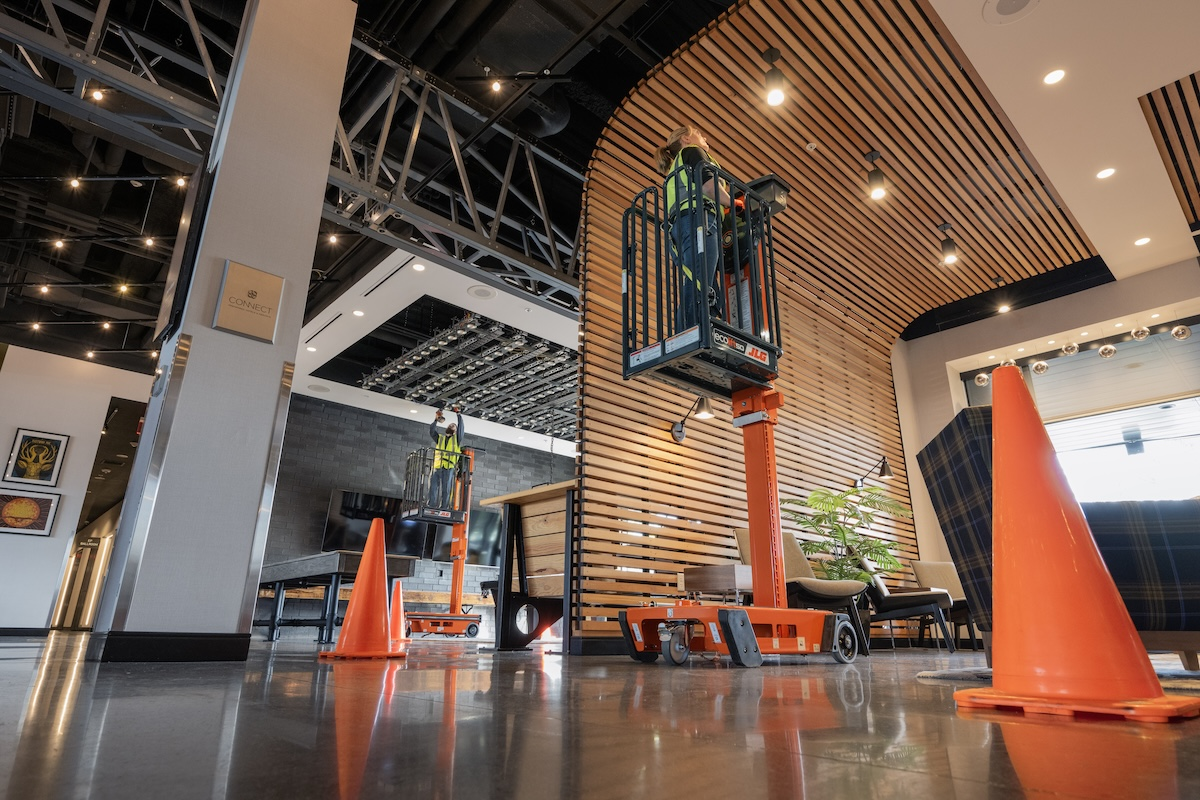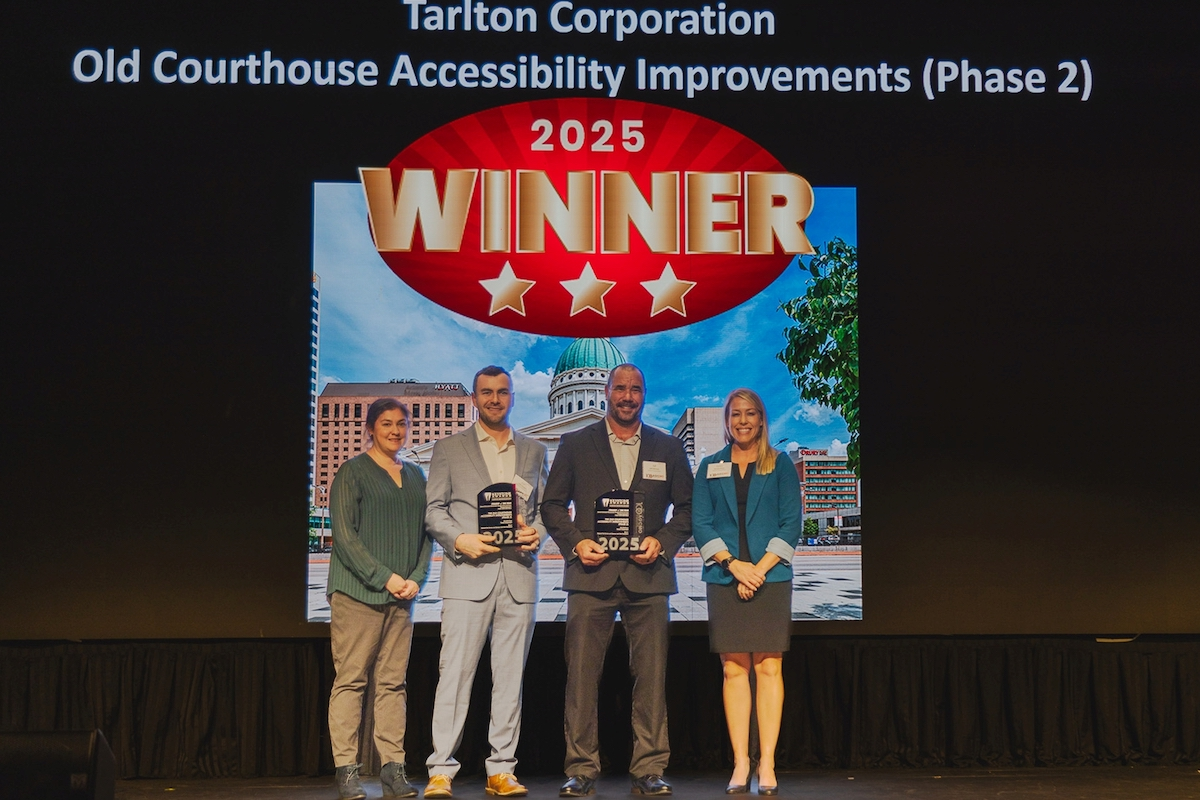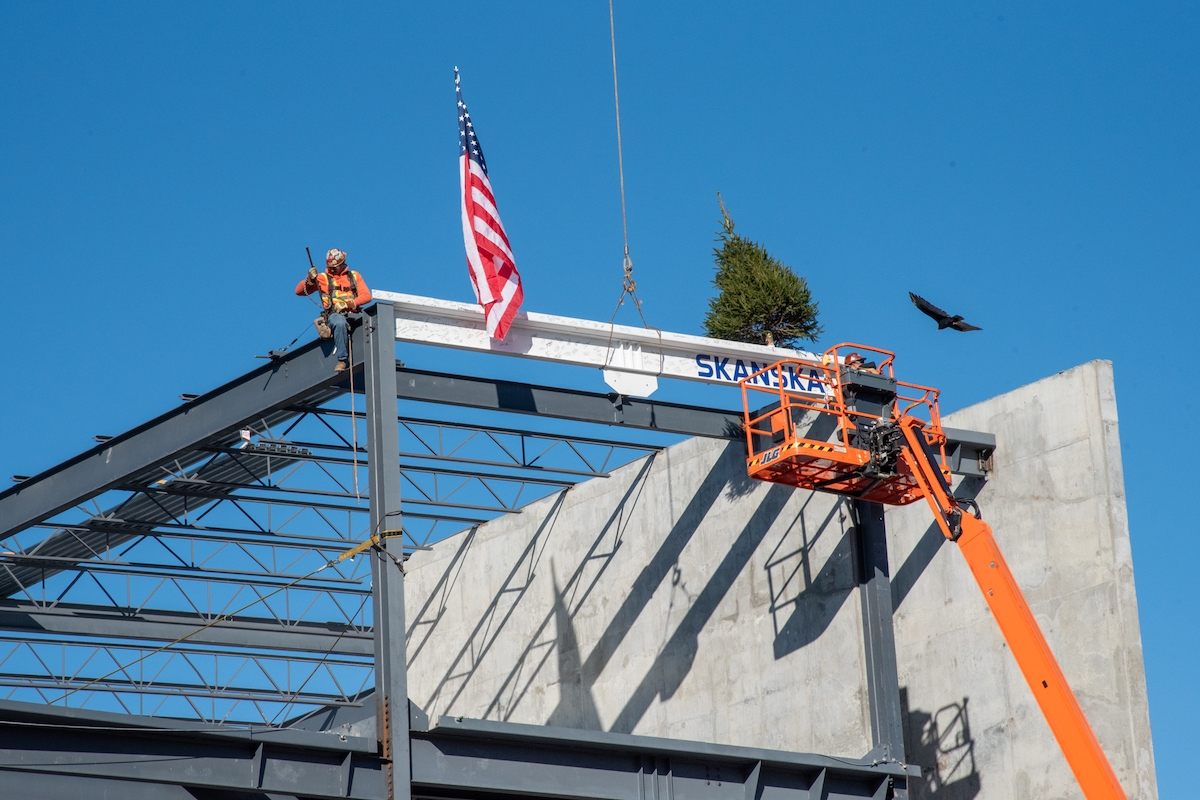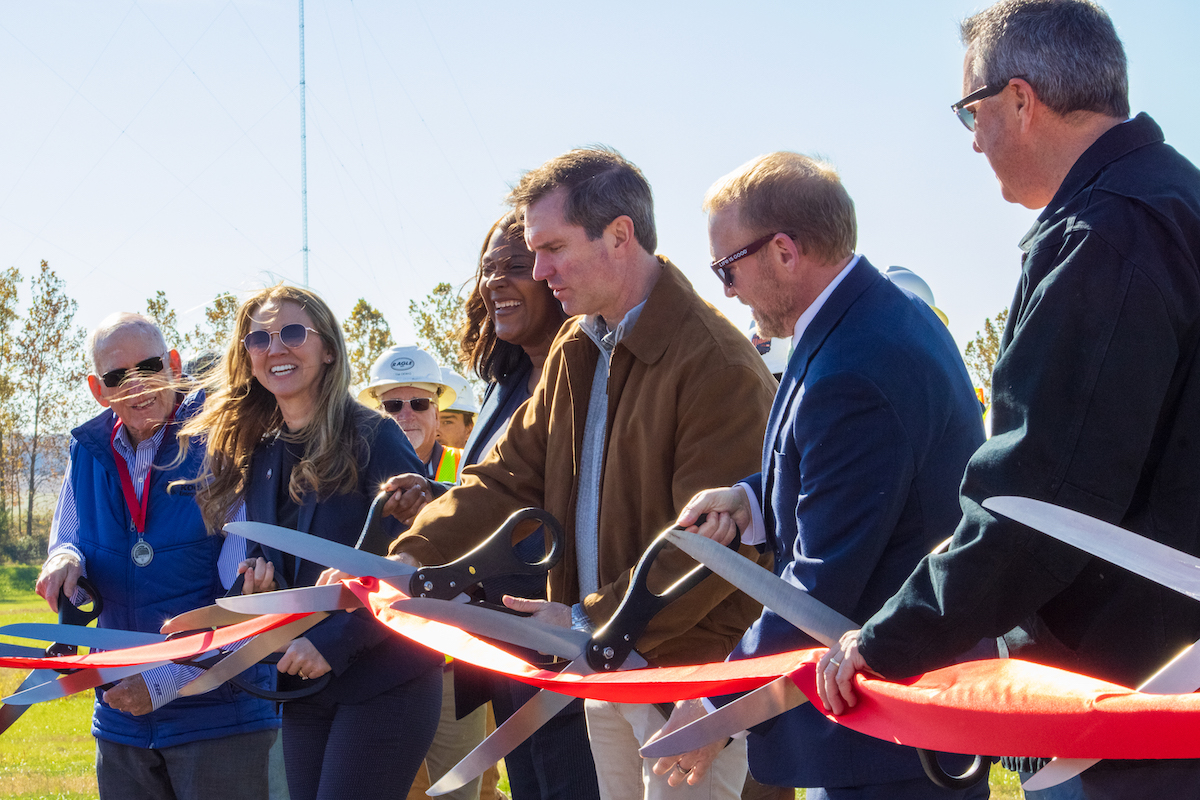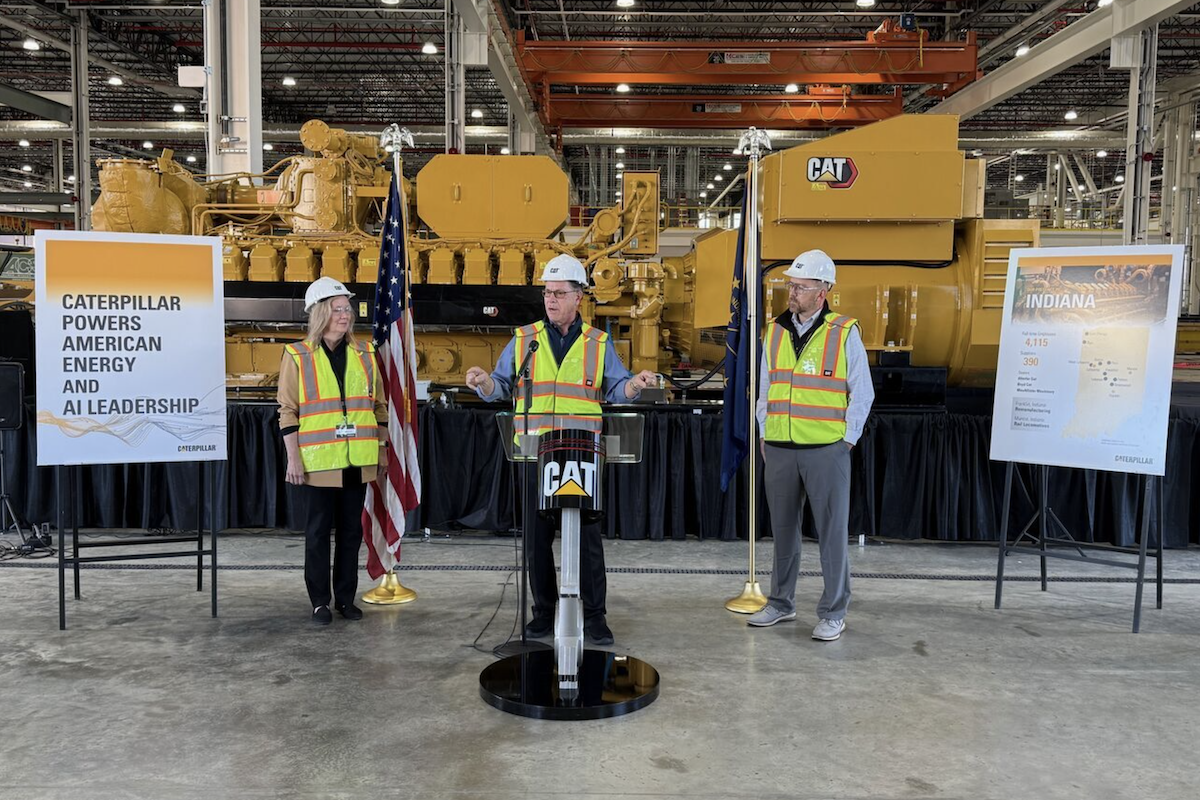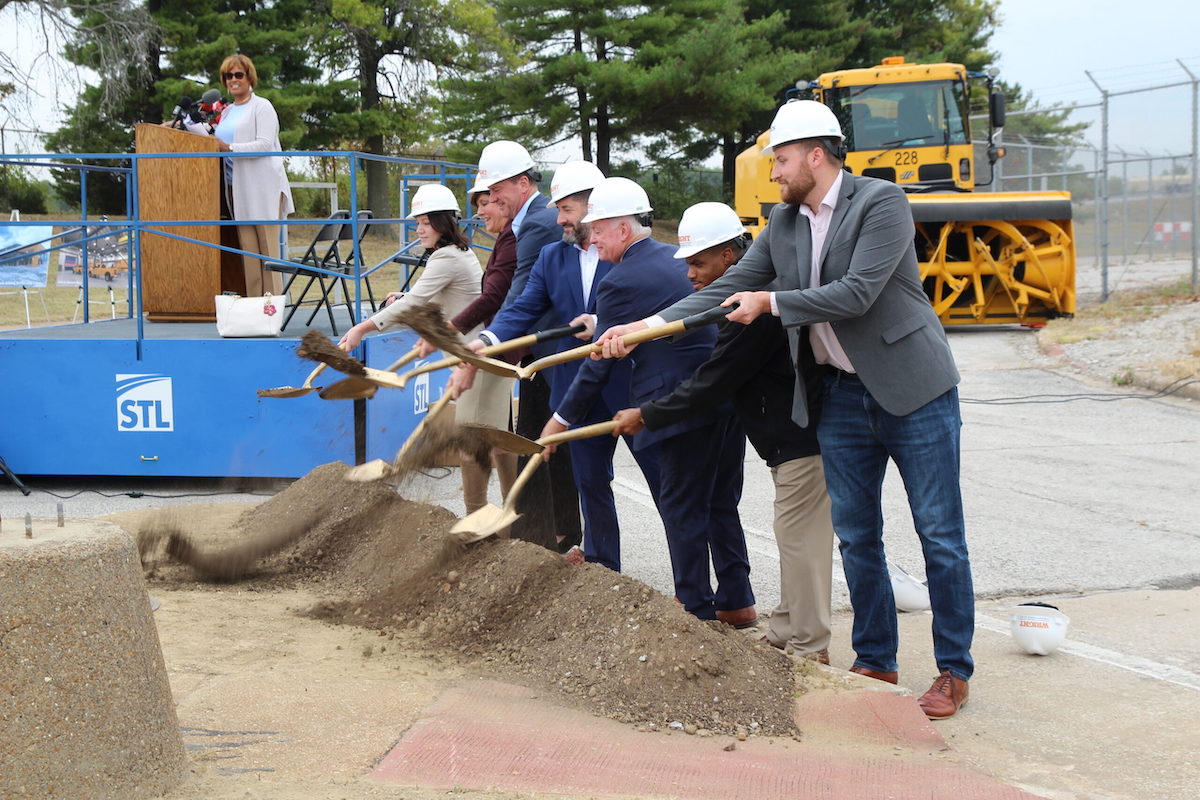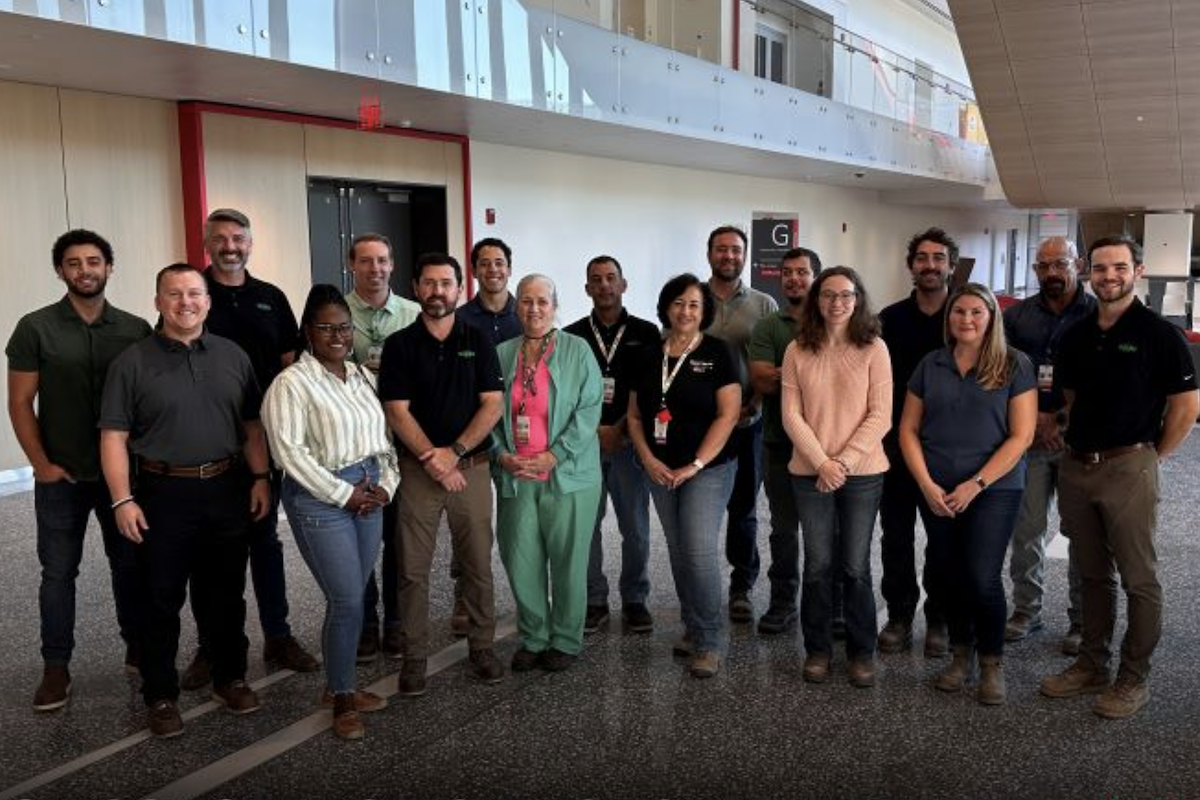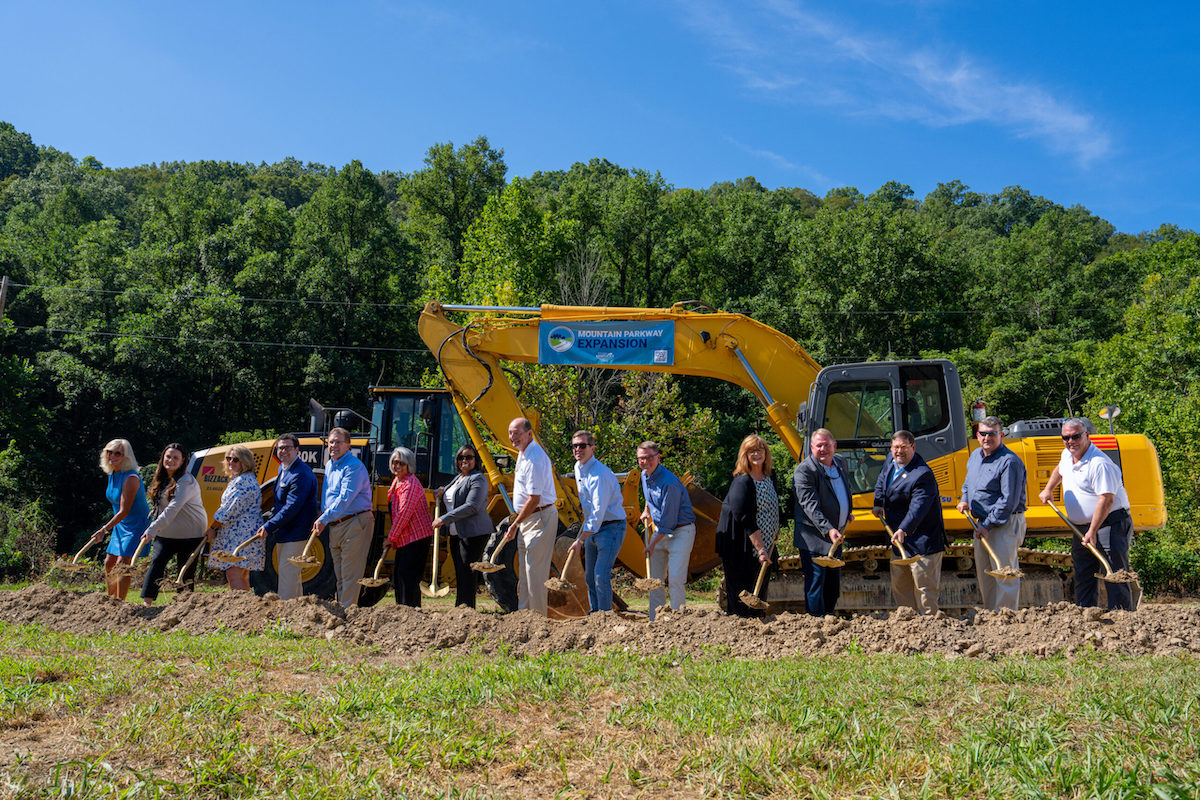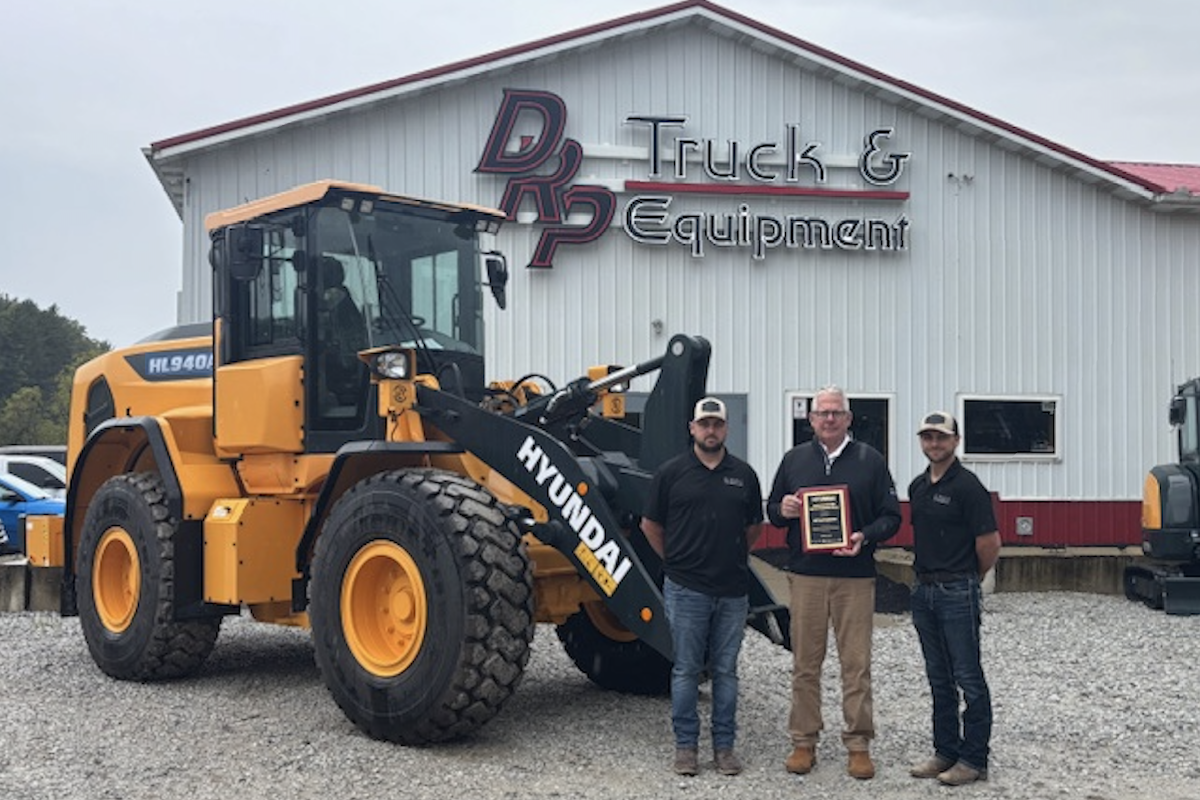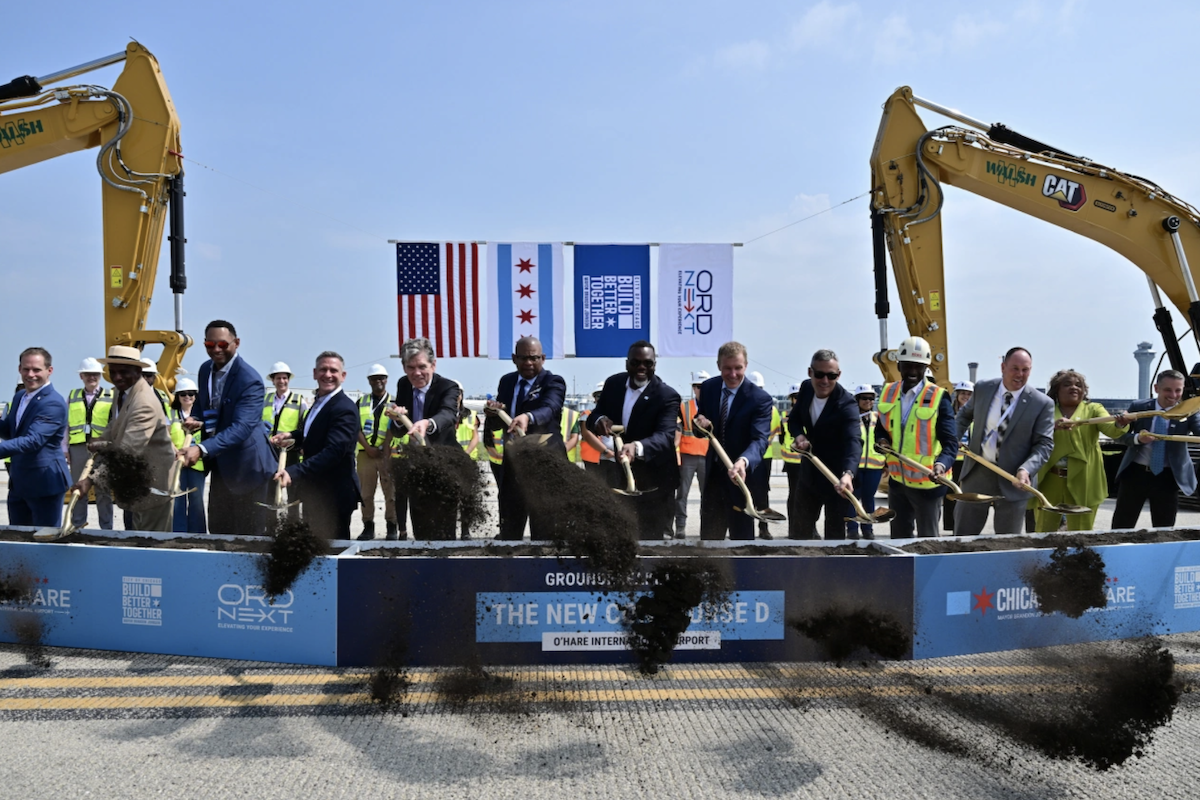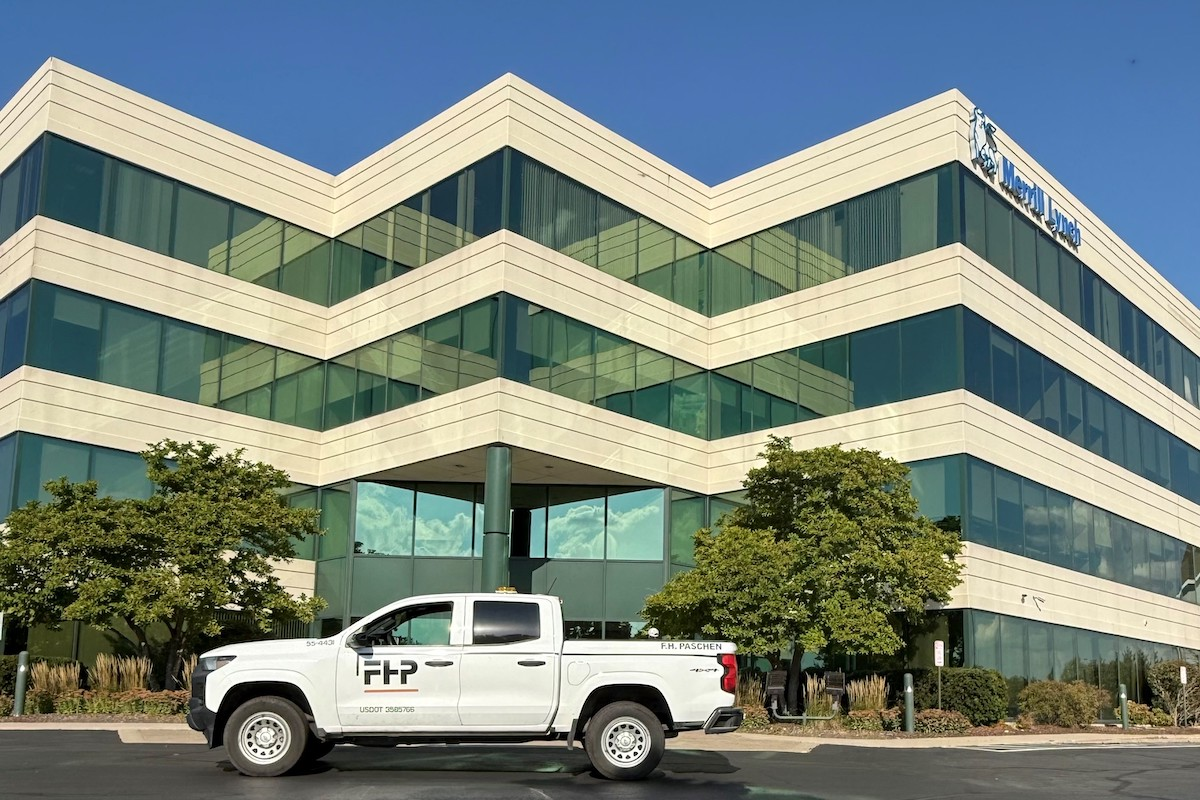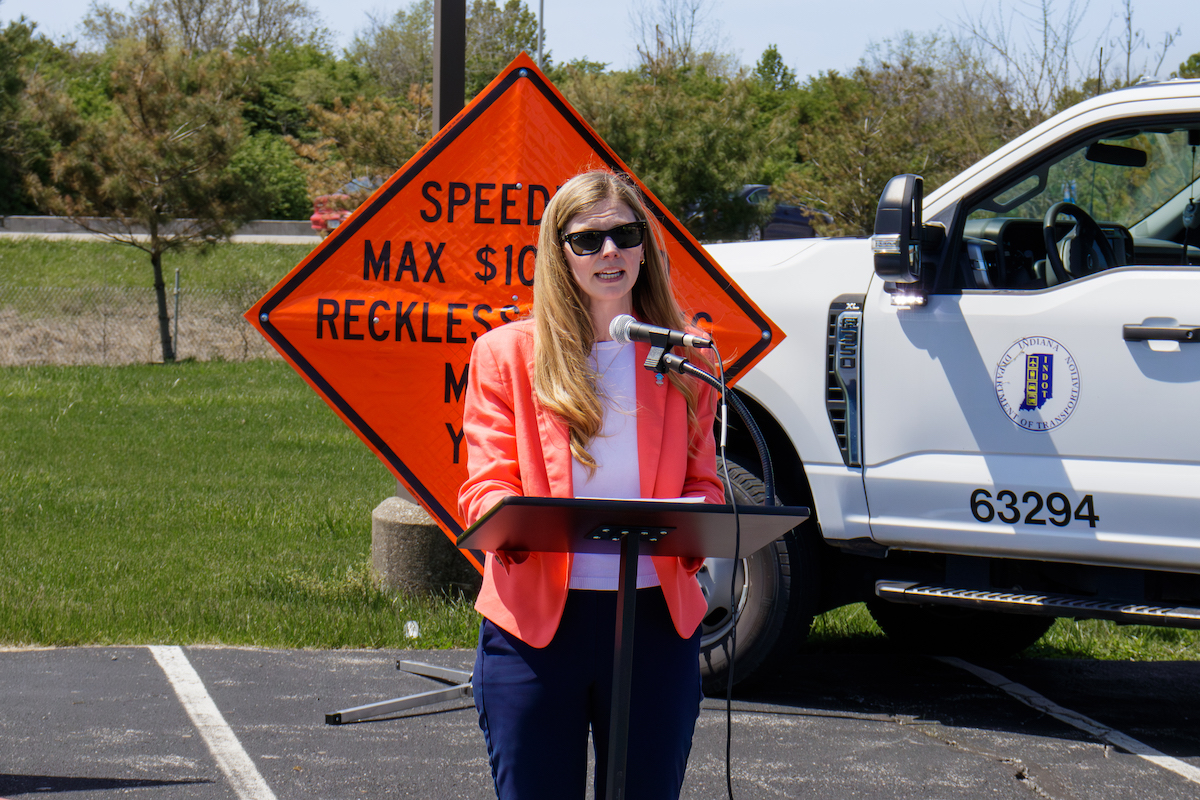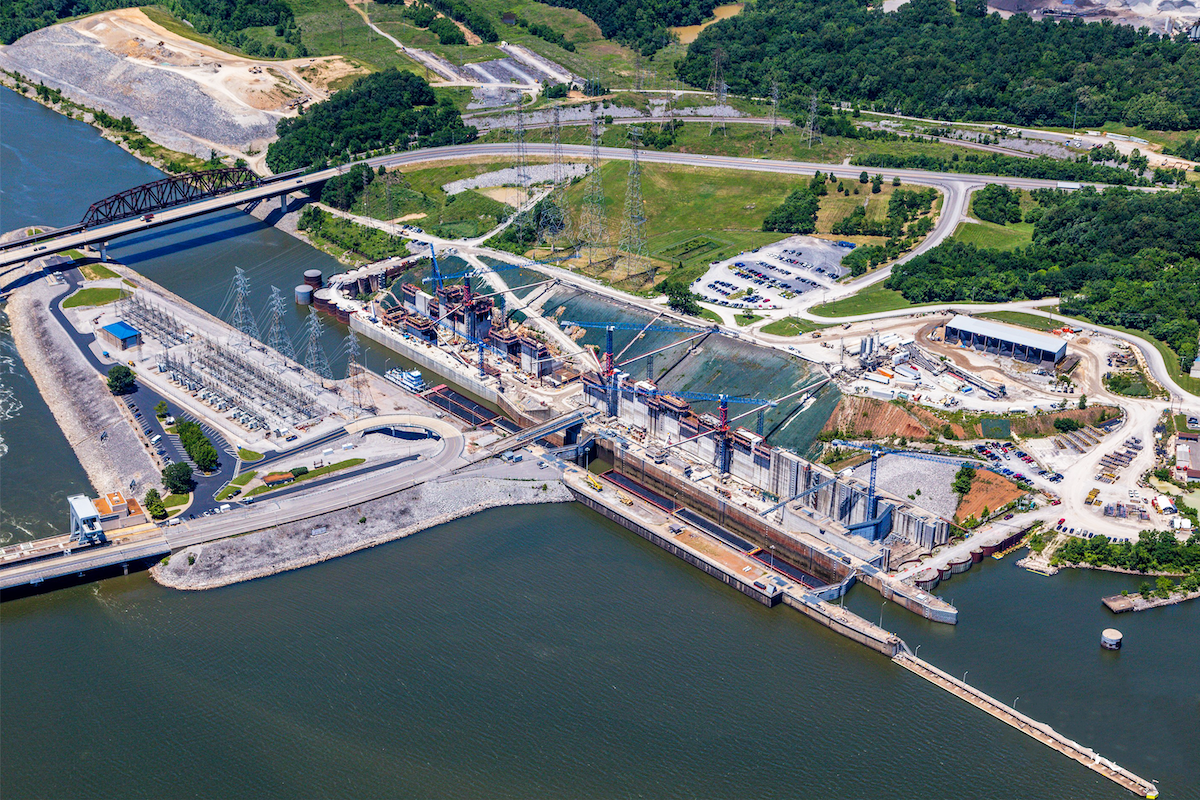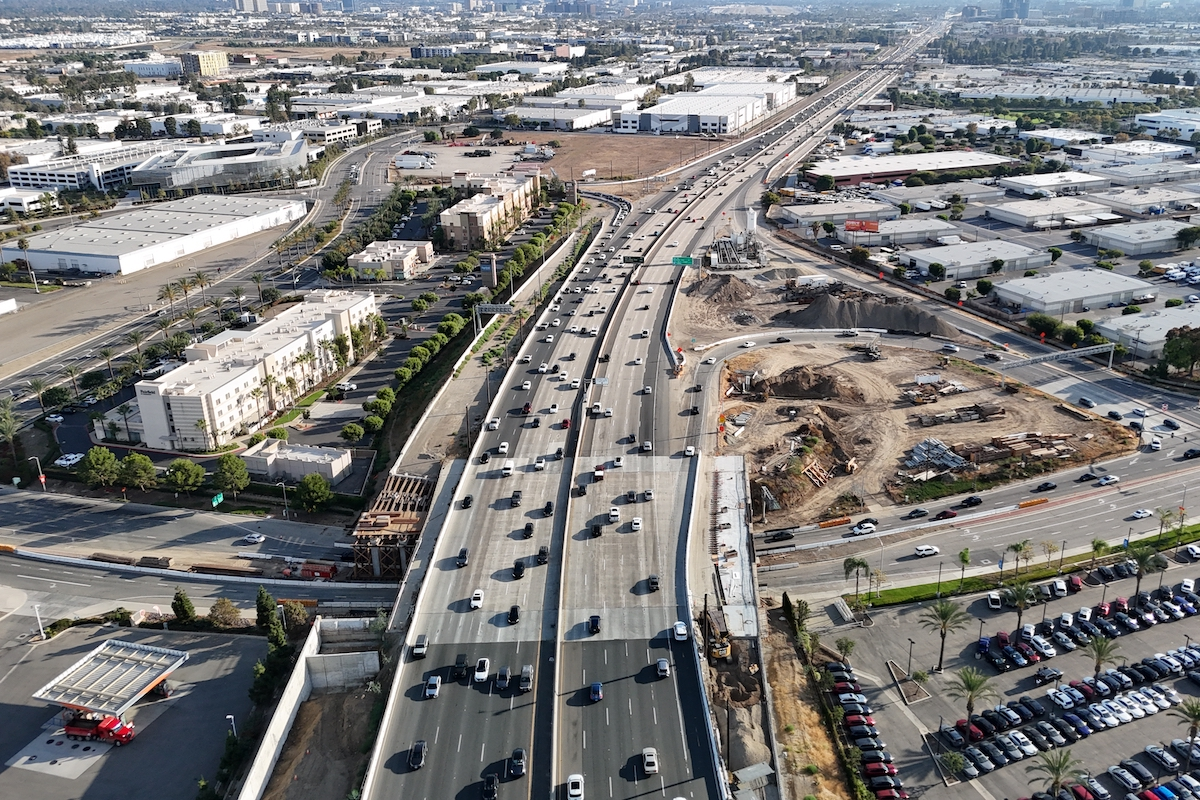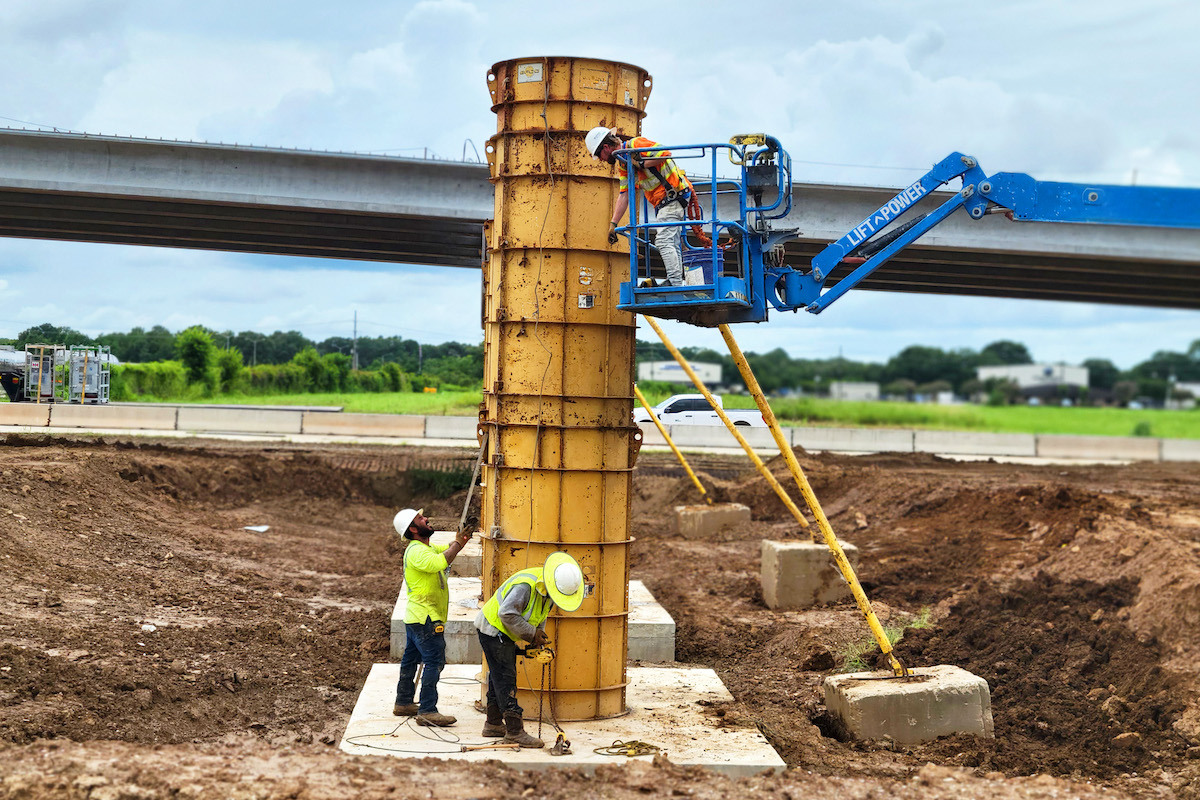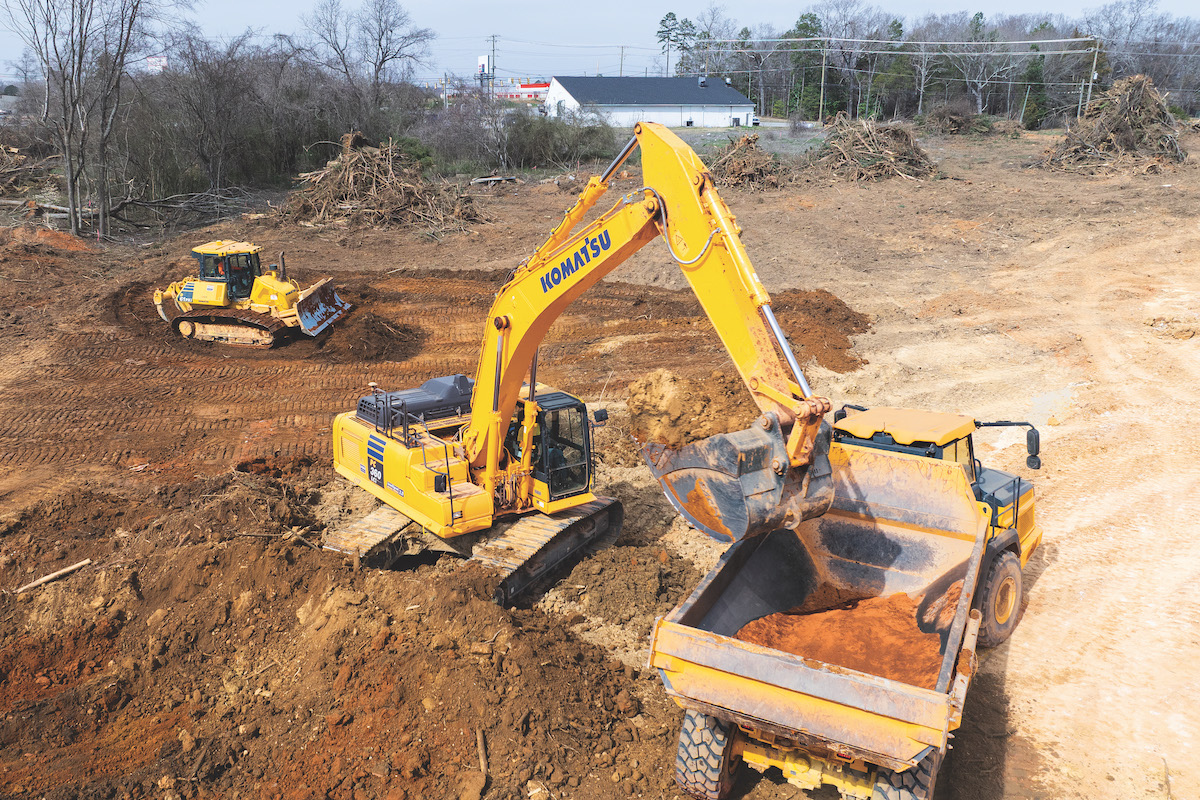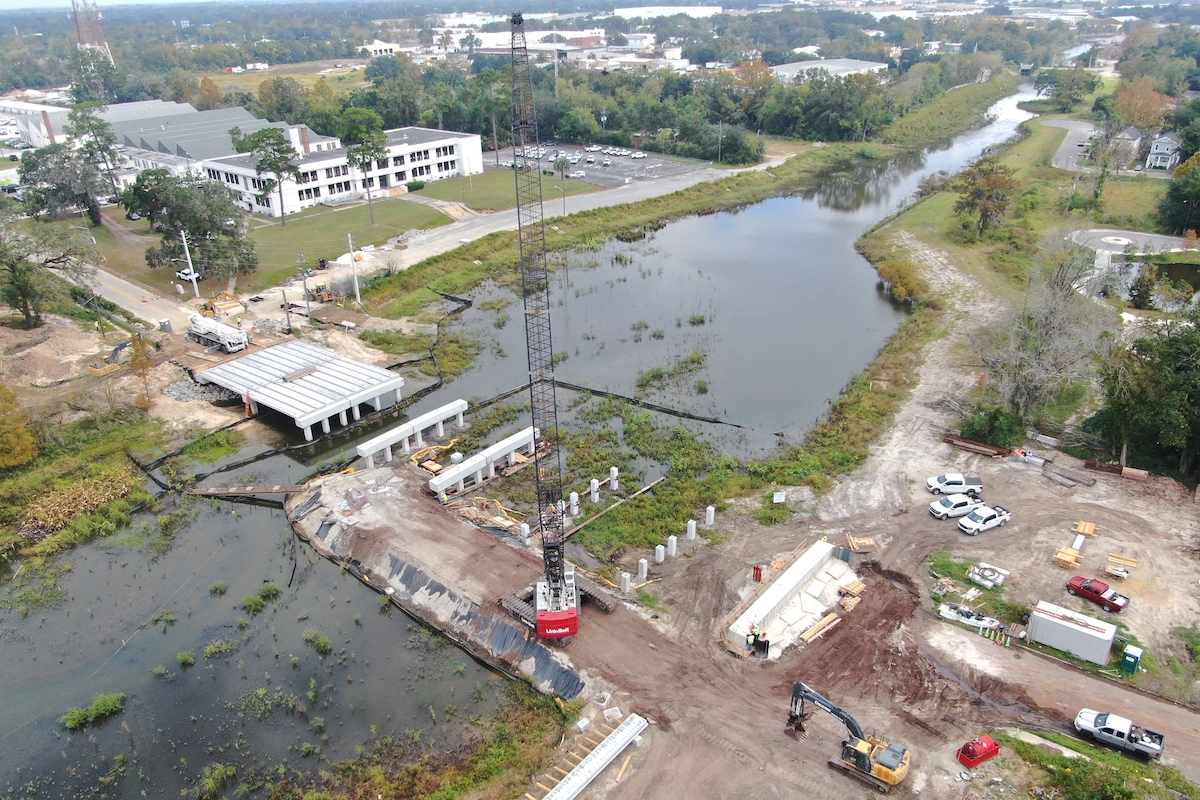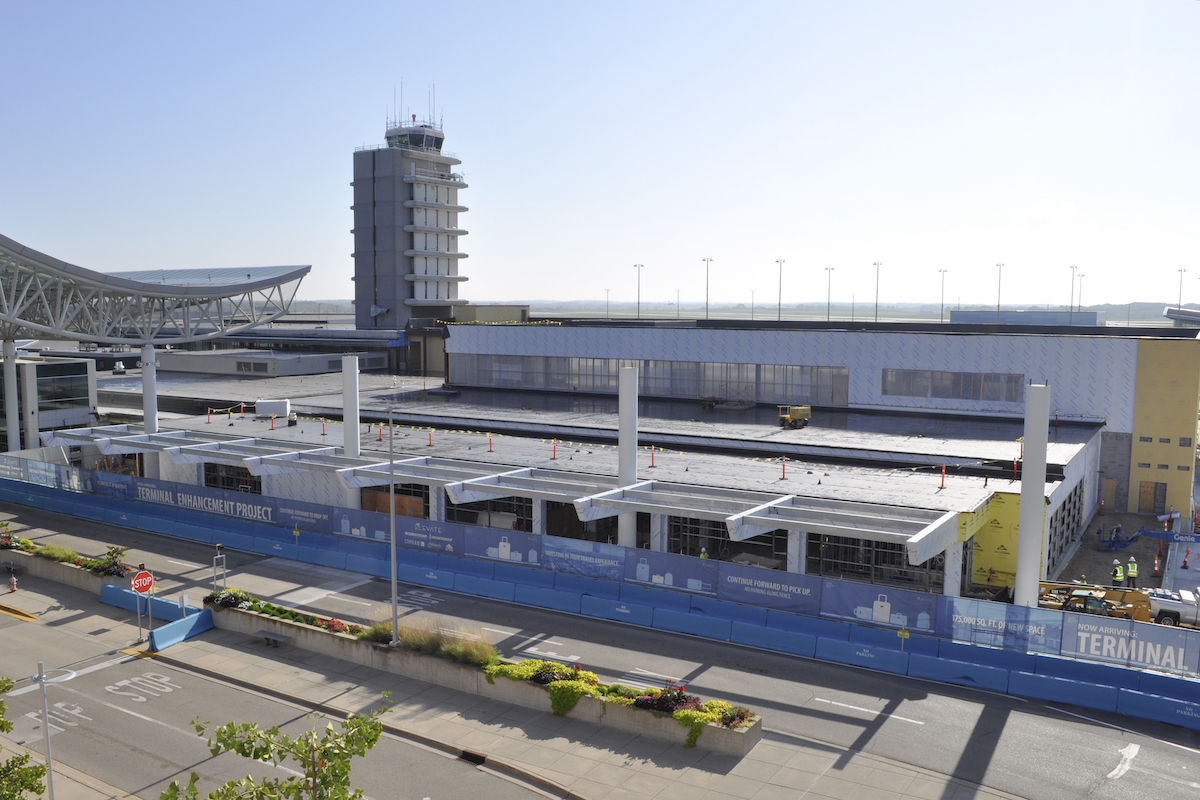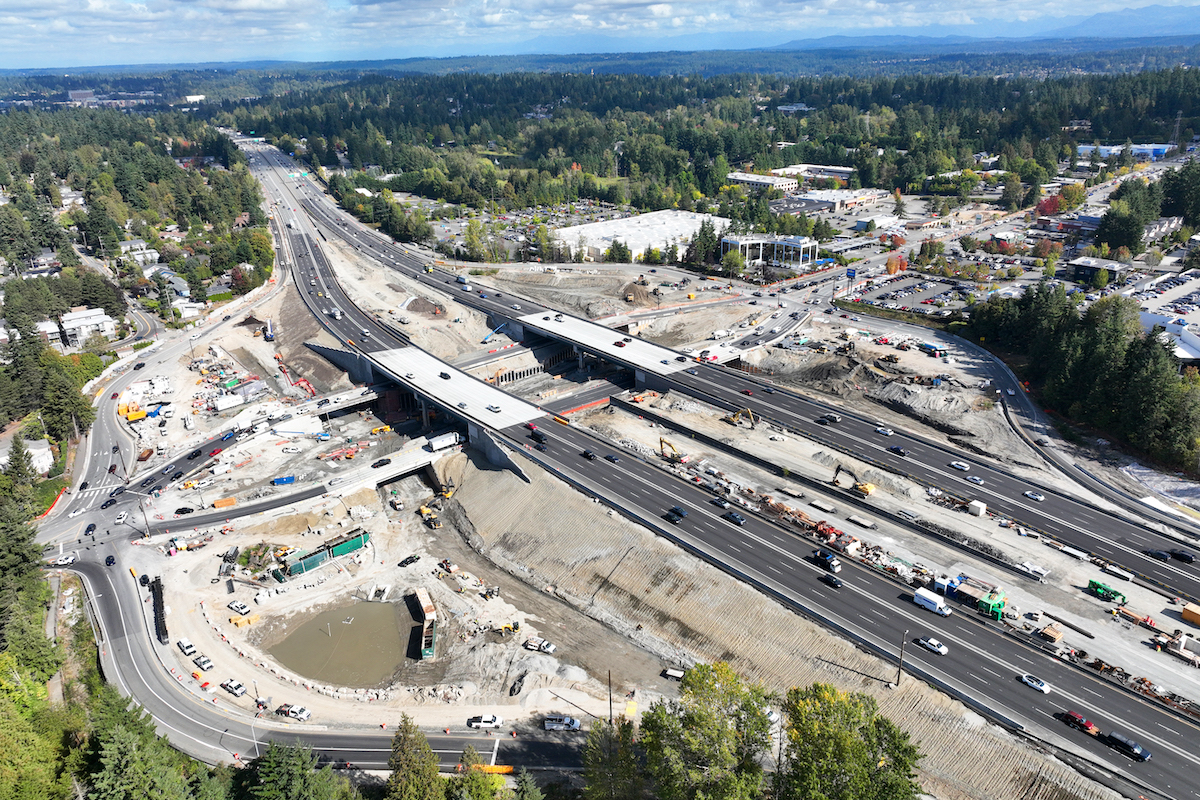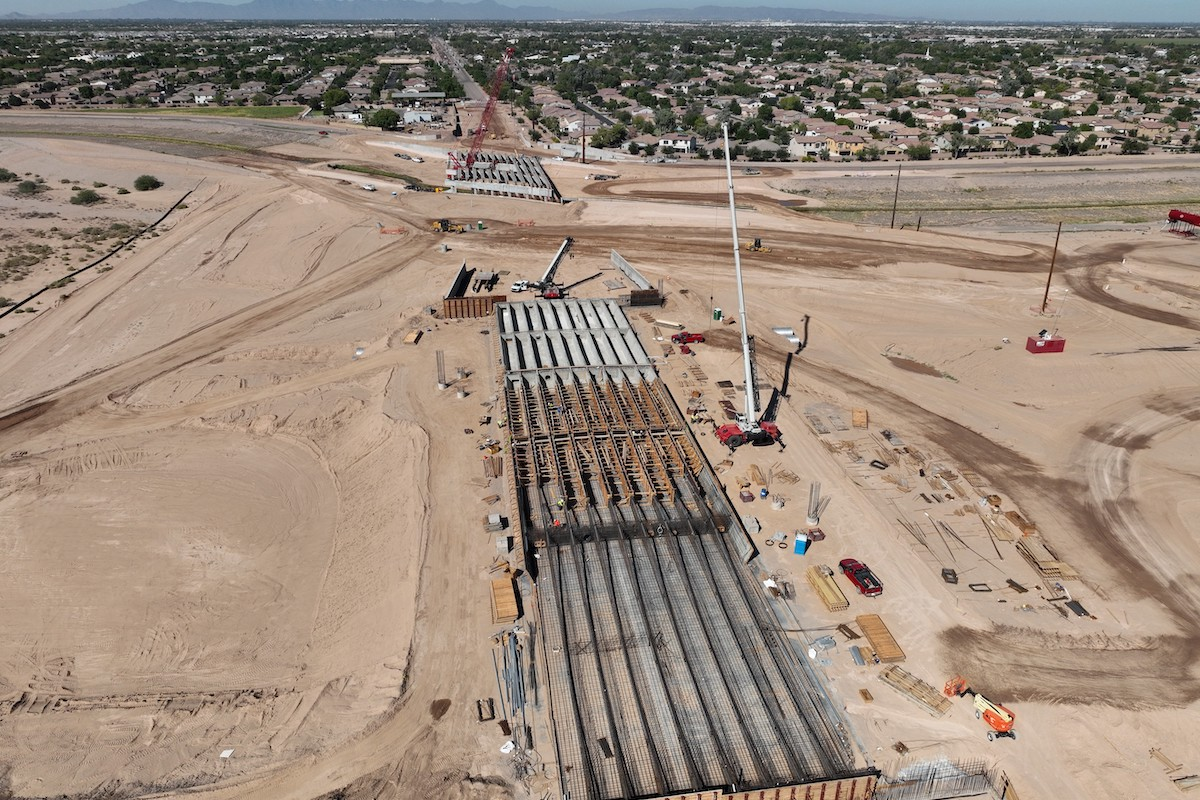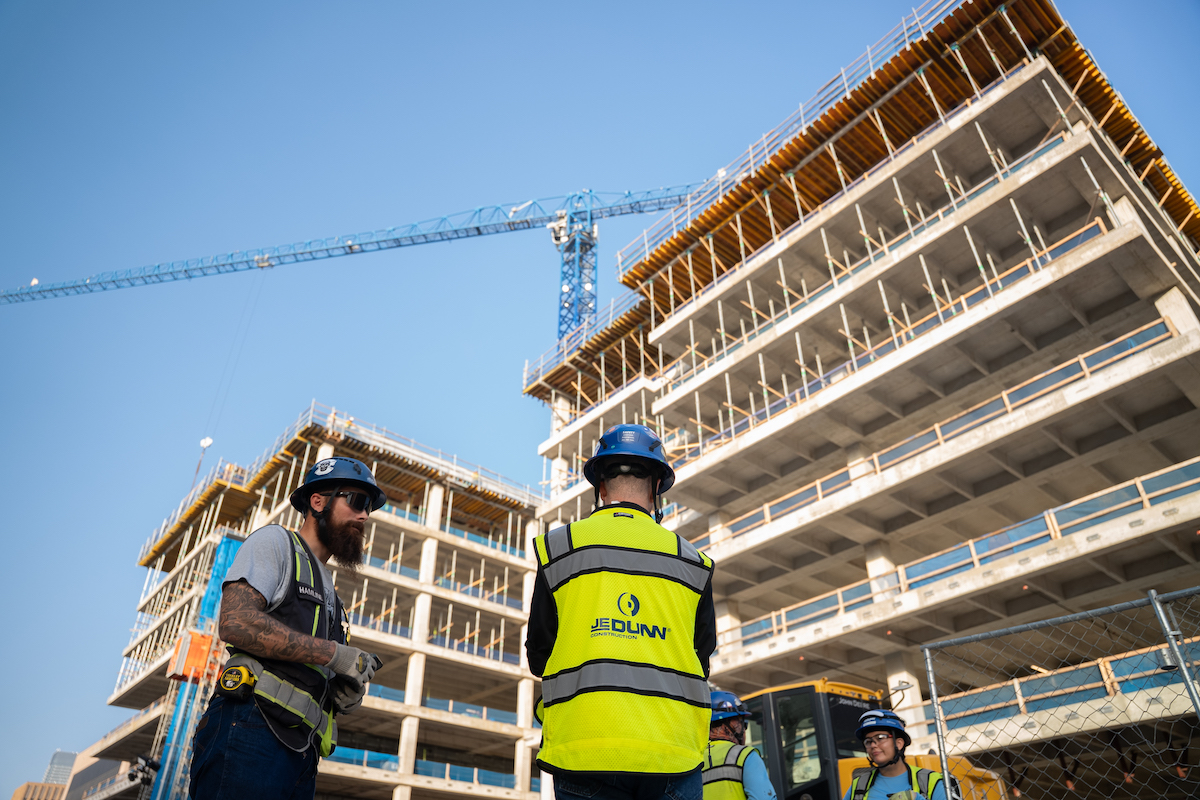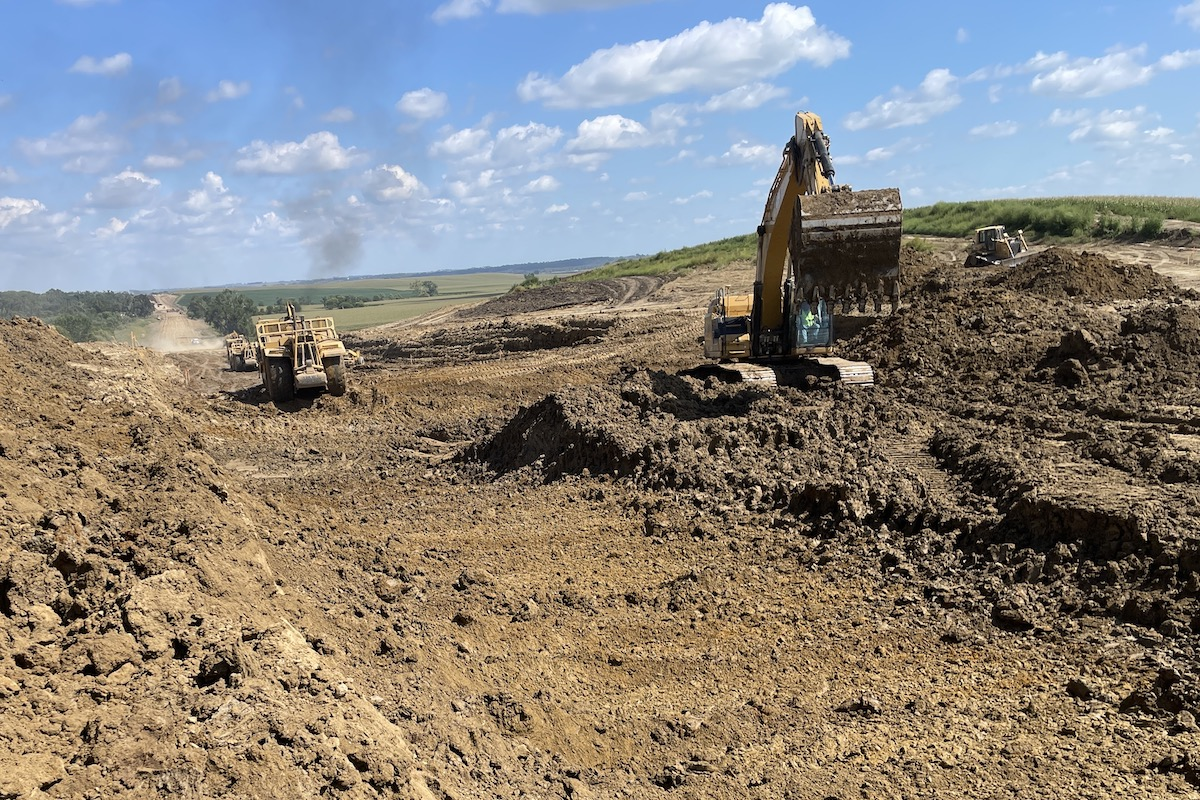The increasing frequency and intensity of extreme weather events are reshaping how infrastructure is designed, built, and maintained. Events like Hurricanes Helene and Milton illustrate the growing impacts of a changing climate, emphasizing the need for construction professionals to adopt innovative approaches. The focus must go beyond damage control and prioritize developing infrastructure that can withstand and maintain performing in an uncertain climate.
Over the past two decades, the United States has experienced a dramatic rise in billion-dollar weather disasters, including hurricanes, floods, wildfires, and heat waves. Data from the National Oceanic and Atmospheric Administration (NOAA) highlights this trend, showing that extreme events once considered rare are becoming increasingly common.
Climate change has introduced new risks, with higher temperatures driving more extreme weather events, increasing structural stresses, and necessitating innovative construction approaches to ensure long-term resilience.
The impacts of these changes are far-reaching. Coastal communities face chronic flooding and storm surges, while rural areas grapple with severe droughts. In urban centers, intense rainfall overwhelms drainage systems and heat waves stress power grids. These challenges demand proactive infrastructure design, construction, and maintenance to adapt to climate change.
Much of the nation’s infrastructure — bridges, roads, drainage systems, and power grids — was built using historical climate data. This data assumed a relatively stable climate, i.e., that future weather would be similar to past weather. But as climate patterns shift, these outdated assumptions leave critical infrastructure vulnerable to increasingly frequent and intense severe weather events.

| Your local Bobcat dealer |
|---|
| O'Leary's Contractors Equipment & Supply |
For example, many drainage systems, dams, and coastal defenses were constructed using guidelines from earlier versions of NOAA’s Precipitation Atlas 14 data and the U.S. Geological Survey’s Guidelines for Flood Flow Frequency Bulletins, which were based on knowledge that has not been updated to reflect current climate realities.
The rising damage costs highlight the urgent need to update infrastructure design and construction standards to reflect current and projected climate conditions. Without such updates, critical infrastructure will remain vulnerable, leading to greater risks to public safety and economic stability.
The notion of a “100-year flood,” once a cornerstone of infrastructure planning, is losing relevance because climate change is causing more frequent and unpredictable extreme weather events, rendering historical patterns inadequate for future predictions.
Today, design and construction teams must adopt dynamic approaches that anticipate a range of future climate scenarios. Probabilistic models and adaptive design strategies can replace static assumptions, ensuring infrastructure remains resilient as conditions evolve.

| Your local Wacker Neuson Corp dealer |
|---|
| Burris Equipment |
This shift is especially crucial for water management systems, which are increasingly strained by the rising frequency and intensity of extreme precipitation events. For example, outdated stormwater infrastructure often fails to handle sudden surges, leading to flooding and disruptions. By incorporating updated climate projections, project teams can build systems that anticipate future conditions rather than relying on past standards.
The changing climate requires rethinking the approach to infrastructure development. One critical priority is conducting comprehensive, forward-looking climate risk assessments for every project. By understanding the vulnerabilities of a site and its surroundings, project teams can make informed decisions and implement targeted interventions that enhance resilience across a project’s lifetime.
Owners play a pivotal role in this transformation. Direct and indirect loss of infrastructure service caused by climate hazards, as well as broader socioeconomic impacts, should be considered when determining resilient design thresholds. Investors can incorporate climate risk assessments to evaluate the net present value of climate risk over a project’s life cycle, helping to identify the optimal design needed to protect their assets. By prioritizing funding for projects that incorporate resilience measures, they can reduce long-term risks and ensure more sustainable returns.
Policies and incentives that encourage the adoption of modernized standards — including green construction, with its focus on energy efficiency, reduced emissions, and durability — can further accelerate this shift. Green projects may be seen as lower-risk, future-proof investments with the potential for long-term cost savings.

| Your local LeeBoy dealer |
|---|
| Brandeis Machinery |
Modern technology offers powerful tools to help project teams stay ahead of climate challenges. From geospatial data to social media analytics, these resources enable a more precise understanding of risks and potential impacts. For example:
- Traffic and GPS data can guide evacuation routes and emergency planning, minimizing disruption during extreme events.
- Climate and transit data integration reveals vulnerabilities in transportation networks, helping planners design resilient systems.
- Utility outage data pinpoints areas most at risk, enabling targeted infrastructure improvements.
- Socioeconomic insights, combined with climate data, ensure equitable resilience planning that prioritizes vulnerable populations.
By leveraging these tools, project teams can transform data into actionable strategies, creating infrastructure that is not only robust but adaptive.
Infrastructure owners and operators increasingly rely on forward-looking analytics to guide their investments. For example, NOAA’s Precipitation Atlas 15 and the updated U.S. Geological Survey’s Bulletin 17-C suggest using climate-informed methodologies for estimating extreme precipitation and flood risks. In urban areas, permeable pavements and enhanced stormwater systems are proving effective at reducing flood risks while improving environmental outcomes.
Case studies show that these approaches pay off — not just in preventing damage but in reducing long-term costs and enhancing community well-being. For instance, retrofitting levees and flood barriers has prevented billions of dollars in damages during hurricanes and major storms. Similarly, updating building codes to account for stronger winds and heavier rainfall has reduced repair costs and improved safety for communities.

| Your local Gomaco dealer |
|---|
| Fabick CAT/MO |
The path to resilience requires a shift in perspective and methodology. Instead of relying on outdated benchmarks, project teams must adopt a comprehensive approach that integrates:
- Scenario analysis — Prepare for a range of climate outcomes rather than a single, most-likely future.
- Adaptive design — Build flexibility into infrastructure projects to accommodate changing conditions.
- Data-driven insights — Leverage advanced analytics to identify vulnerabilities and guide decision-making.
- Green and nature-based solutions — Align infrastructure development with natural processes to enhance sustainability and resilience.
The construction industry stands at a pivotal moment. With climate change reshaping the global landscape, designers and contractors play a crucial role in developing infrastructure that is both resilient and adaptive. Implementing these strategies not only safeguards owners’ assets but is also cost-effective, as it minimizes expenses related to repairs, replacements, and service disruptions.
Incorporating benefit-cost analysis of different designs — such as conventional versus resilient approaches — can help demonstrate the advantages of resilience-focused solutions. By adopting advanced technologies, modern standards, and innovative methodologies, the industry can lead the way in creating systems built to withstand today’s climate challenges and the uncertainties of the future.
Saiful Rahat is Senior Consultant, Sustainability, Energy, and Climate Change; Armin Golkhandan is Lead Consultant, Resilience; and Melissa Piscetek is Vice President, Sustainability, Energy, and Climate Change at WSP.








